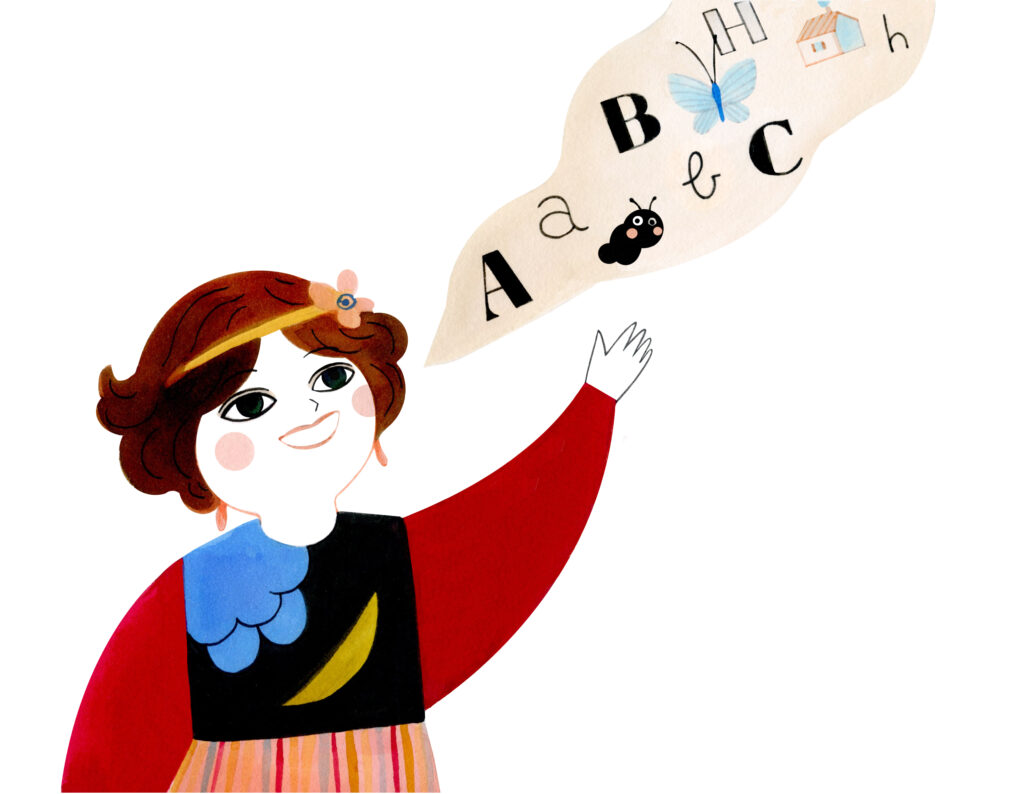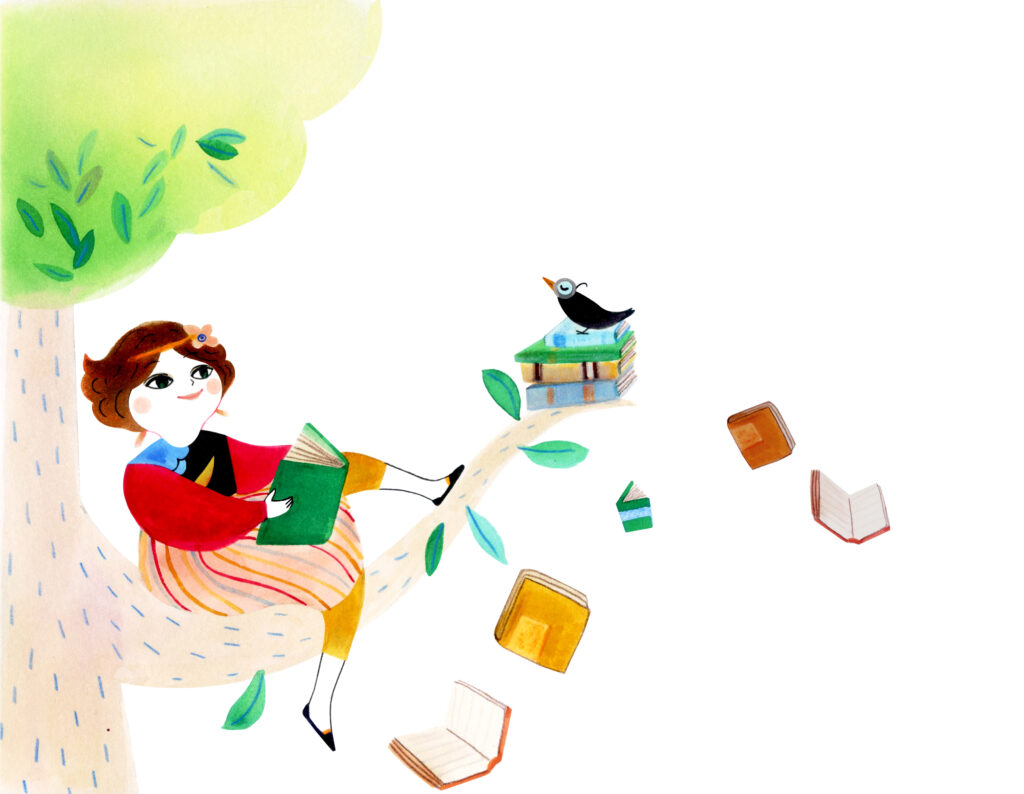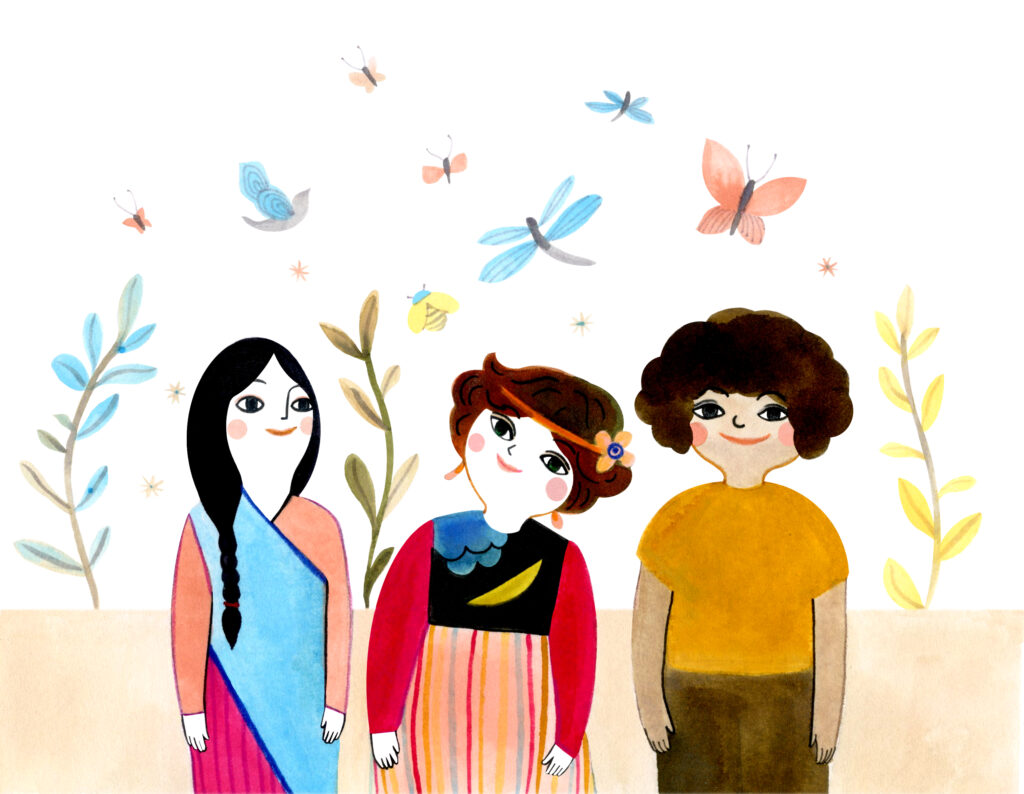Translanguaging program for preschool teachers working with language minority children
Make the multilingualism of our society a lever to promote equal opportunities and fight against discrimination.
Learning new languages brings numerous benefits for a child. Bilingualism opens many opportunities in life, including the access to valuable information in other languages which helps to build a rich knowledge base, the possibility to connect to more people and forge personal, social, and professional relationships, the privilege of having a better position in the job market that leads to financial success, and finally, the valuable opportunity to develop an open-minded personality from the contact with different cultures through languages. From a very early age, bilingualism boosts a child's mental flexibility, concentration, and memory—the skills that are essential for a child's mind development. Bilingualism is a gift.
To know more about students and their linguistic repertoires, teachers need to collect information about languages that are present in the classroom. They can create a table of languages in which they put a name of the language, write down how many speakers of a given language there are in the classroom, and note their names. They can also include short information about the country or countries in which the language is spoken, including information about the country’s flag, the writing system with the examples of letters, and the system of numbers that is used in the country. This basic but core information will help teachers to be aware of the linguistic diversity of their classroom and to respond to the children’s multilingualism more mindfully.
The involvement of parents in the education of their children, in particular, preschool children, has a range of positive outcomes for children’s school experiences and social skills. In relation to academic achievement, parent’s involvement has a positive effect on children’s academic success, commitment, and motivation. The involved parents emphasize the value of the school, and this leads to children being more motivated and engaged, resulting in better academic success. In return, children’s better academic performance leads to more motivation and commitment to the school. Parents with an immigrant background sometimes face language and cultural barriers or a feeling of not being welcomed into and uninformed about the rules of an unfamiliar school system. Isolation due to low socio-emotional status and jobs is another factor that influences the parents’ involvement in the children’s schooling. It has also been found that different cultures communicate very differently, that is why they have different visions of the home-school collaboration and the roles that parents and teachers are entitled to in children’s life.
Multilingualism develops memory, concentration, rapid adaptation, attention, emotion regulation, and behaviour control. These cognitive skills are fundamental not only for language learning but also for knowledge acquisition in other domains, like mathematics, because they make it easy for a multilingual person to recognise elements, set goals, and solve problems quickly and efficiently. That is why in those lucky classrooms that include children who are speakers of different home languages, multilingualism should be cherished as a resource and educators should develop both oracy in a home language and multiliteracies. There are multiple activities that the teachers can use for the oral integration of all languages and cultures that children in the classroom represent.
For teachers who strive to provide all children in the classroom with just education, the application of translanguaging pedagogy will be useful. In general terms, translanguaging pedagogy means that the teacher helps the child to activate their linguistic repertoire and use it for the maximum developmental and communicational profit (Vogel & García, 2017). To do this, the teacher needs to believe in the value and usefulness of the child’s linguistic repertoire, integrate it in the lessons, for example, in the form of activities in the child’s home language, and be ready to make the on-the-spot changes to the lesson, for example, to encourage the child through translanguaging (Vogel & García, 2017). To be successful in translanguaging pedagogy, the teacher does not necessarily need to be fluent in all languages of the children. Having a positive stance on the child’s fluid linguistic repertoire, designing the lessons with translanguaging activities beforehand, and leaving some space for the translanguaging shifts during the lessons will make a big difference for linguistic, cognitive, and socio-emotional development of multilingual students. After all, as Ignacio Estrada said, “If a child can’t learn the way we teach, maybe we should teach the way they learn”. And that is exactly what translanguaging pedagogy does.
At an early age, a child’s interaction is narrowed to the immediate family: parents or caregivers and siblings. But gradually, more and more people enter the child’s life, like teachers, friends, neighbours, local community members, and finally, wider society, broadening the range of settings and factors that determine the child’s development over time. Teachers, as active mediators of the children’s development, can apply a variety of cooperative learning exercises to make children’s classroom learning fruitful. For example, teachers can use the help of more advanced children by pairing them with children who need support in complex activities. Additionally, teachers can invite parents to come to the classroom to provide guidance. Apart from the more knowledgeable others, using technology is another scaffolding practice since devices can serve as the medium for social interactions and thus development. Whichever the practice is, scaffolding learning with social interaction helps children to continuously develop.





